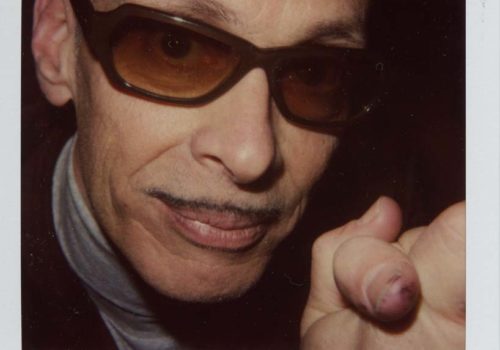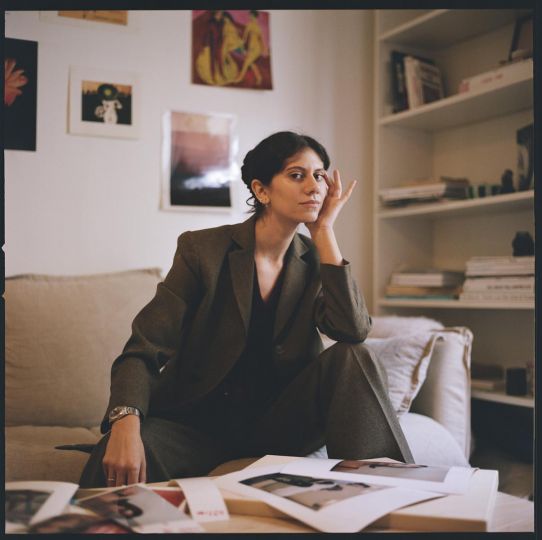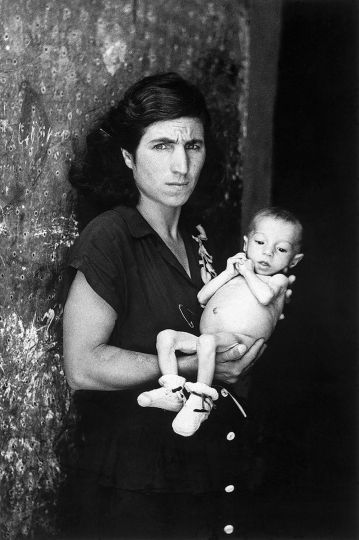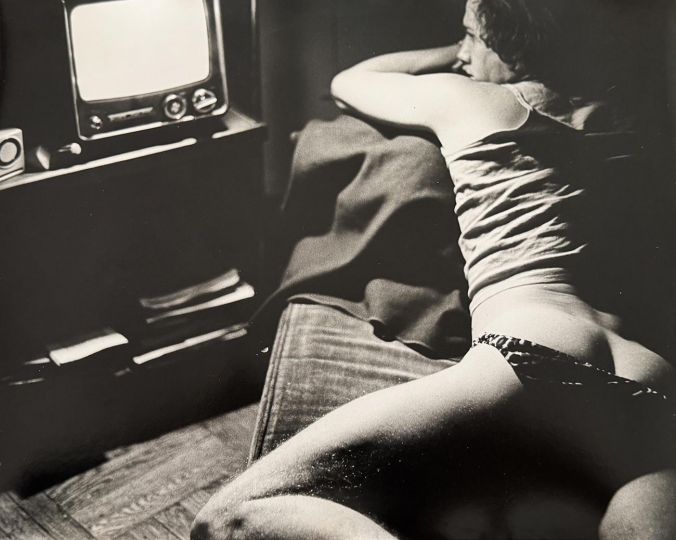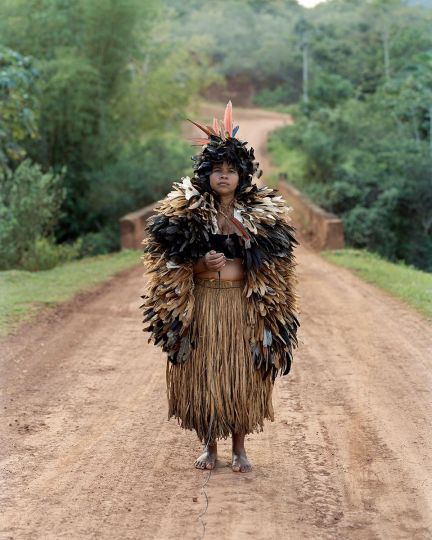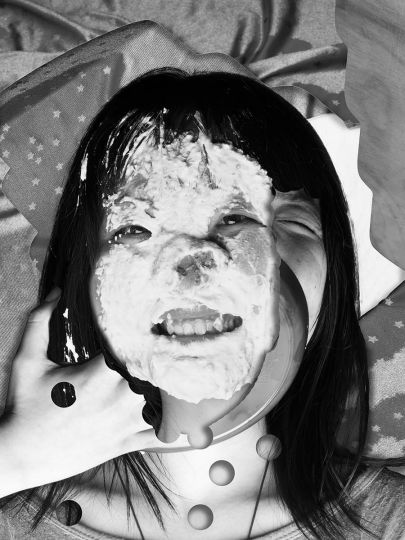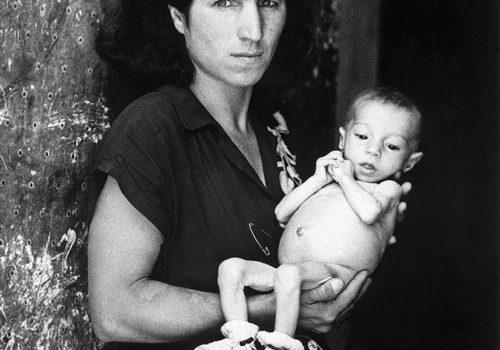When the San Francisco punk scene took off in 1976, Jim Jocoy dropped out of UC Santa Cruz, got a job at a copy store, and went to punk clubs at night where he photographed his friends. Together the members of this small independent scene made art, music, videos, and other DIY productions. Jocoy had a few of his photographs published in local fanzines including Widows and Orphans, Search and Destroy, Research, and Punk Globe, and though he photographs were only exhibited twice, one of those included a slide show at the 70th birthday party for the great William S. Burroughs.
But all of that came to an end in 1980, when Jocoy stopped taking photographs. He recalls, “For me, when Darby Crash of the Germs committed suicide, it was the end of punk as I knew it.” Jocoy bowed out of the burgeoning scene, and of it, all that remained was a shoebox of 35mm portraits and Polaroids shot from 1978–1980.
Two decades later, Thurston Moore of Sonic Youth unearthed Jocoy’s collection and from that came the book, We’re Desperate (powerHouse Books, 2002). This dense collection of uncaptioned portraits became an instant hit, having been shown at the Bay Area Triennial in 2006, as well as inspiring Marc Jacobs to have Juergen Teller shoot an ad campaign in the style of Jocoy for the Spring 2003 collection.
But greater than any accolades was the book’s greatest gift, for once it was in production Jocoy did something he had not done in two decades: he picked up his camera and began photographing again. Jocoy recalls, “When I had We’re Desperate published, I knew I would be contacting many people in the book. I wanted to take a follow-up photo of them 20 years later. I also knew I would be doing a little more traveling and meeting new people. It felt like it was going to be fun. It was. I decided to make it more fun by using my Polaroid.”
He continues, “It’s so easy to use. They take good photos. At least the kind I’m looking for. Nothing fancy. Lots of close ups. I like that a Polaroid photograph is an artifact of a close encounter with your subject. The idea of getting physically close to someone is important when you want to get a good Polaroid photograph.”
Indeed, it is. When Jocoy sets his eye on a subject to shoot, he graciously approaches them and asks for permission to photograph. More often than not, permission is granted and the results are phenomenal. In Jocoy’s world, everyone is a star. Celebrities are as casual as everyday people, while everyday people look like stars. Whether photographing the likes of Michael Jackson or Joe Strummer, Robert Evans or Shepard Fairey, Amanda Lepore or Charo, Bruce LaBruce or John Waters, Jocoy’s portraits are always up close and personal.
Complementing his images of famous faces are those who are less known, stars in their own constellation as they orbit the earth. Many of these photographs were taken on location at events like the San Francisco Gay Pride Parade, at exhibition openings and nightclub parties, backstage at concerts or on the city streets. Combined with a selection of cityscapes, the result is a raucous collection of the poetry of daily life.
Jocoy explains, “I like to photograph people who do things. Creative people are the best. They are special people. They have special gifts and I find them the most interesting. That is the common denominator of most of the people I’ve photographed. They have good energy and usually look great. I like to capture some of it on film. I approach people with respect and try to make them look as best as I can. My favorite group of people I enjoy photographing is any taboo community. Many have extreme looks and I enjoy that a lot. I find much beauty and inspiration with people who are outcasts.”
As time has shown, Jocoy’s taste for the edge leads him into scenes that have the power to change the world through art, music, style, and culture. His ability to create images of the world in which he lives, to show the common man inside the celebrity and the celebrity inside the common man, leads us full circle, back to where it all began, to a man and his camera, capturing the world one frame at a time.
Miss Rosen

